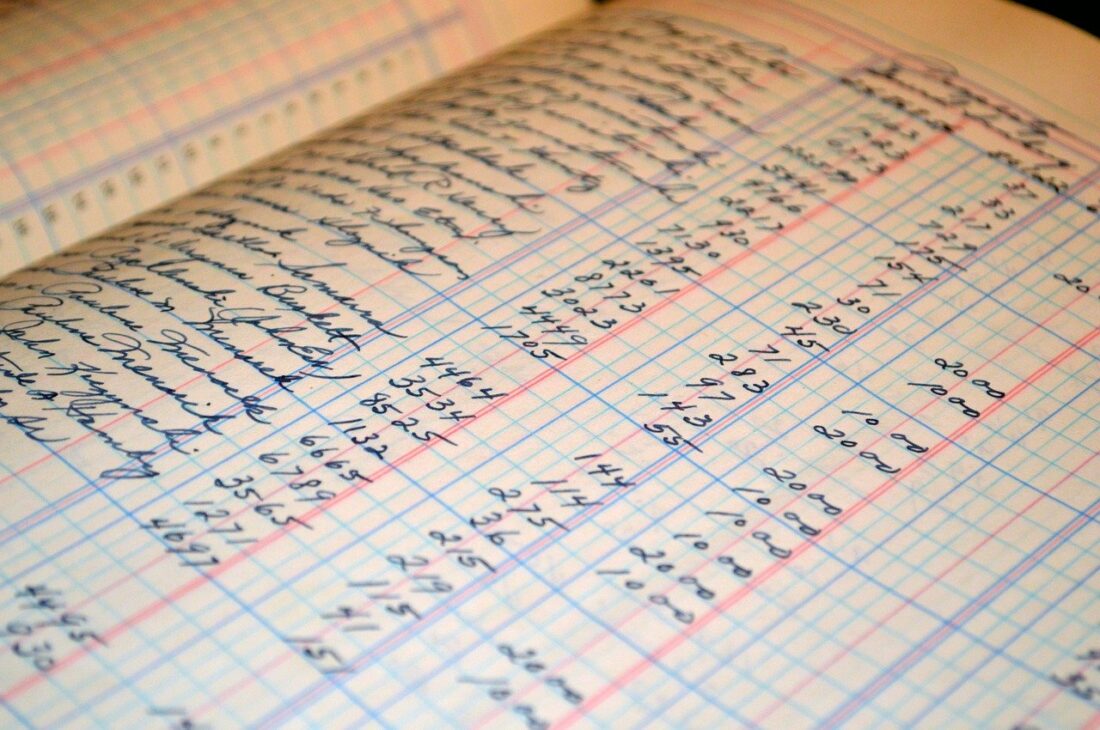5 Key Things to Read on Your Paycheck Stub
 We all remember that day we received our first paycheck. Long before that day came the hours worked multiplied by the rate of pay was what we were expecting. The check was placed in our hand and holy cow, reality set in.
We all remember that day we received our first paycheck. Long before that day came the hours worked multiplied by the rate of pay was what we were expecting. The check was placed in our hand and holy cow, reality set in.
This is a lesson learned in the importance of understanding taxes and deductions.
Before starting a job it is important to know how much you will earn, the cost of benefits, and how to fill out a W-4. The next step is to carefully verify the information on your first paycheck. Unless you work overtime or receive a raise your paycheck should not fluctuate.
Are you reading your paycheck stub correctly? Keep reading to learn about five key things displayed on every pay stub.
Table of Contents
1. The Rate of Pay on Your Paycheck
Upon receiving your first paycheck, whether you are a new hire, received a raise, or were promoted, ensure your rate of pay is correct. The amount has to match the rate you were promised.
For salaried or exempt employees, the amount will equal your annual salary divided by the number of pay periods in a year. This can be weekly, bi-weekly, semi-monthly, or monthly.
2. Federal and Taxes
Employers make check stubs available to employees either by distributing paper checks or digitally via an employee portal. When tax time rolls around, employee portals make it easier for employees to receive their W-2s.
It is vital that you read your pay stub correctly to make sure you have the correct federal taxes withheld throughout the year. This includes state taxes if your state has such a tax. Not correcting these errors early can prove costly at tax time.
3. Accumulated Paid Time Off (PTO)
Most companies offer some form of paid time off. PTO includes vacation pay, sick pay, and comp time. It varies by the employer whether they use these categories or place PTO in one bucket.
Before taking time off make sure you have the time accumulated or you could have unpaid hours on your next check.
4. Pre-Tax Deductions
Pre-tax deductions are monies taken from your pay for benefits before taxes are calculated. These benefits include most health insurance plans. Other pre-taxed benefits are your 401(k) and a Flexible Spending Account (FSA).
FSAs are money deducted for out of pocket health expenses, childcare, and transit costs so the employee can work.
5. Take-Home Pay
Reading your paycheck stub and understanding where your money is going can help you appreciate your take-home pay. Sometimes it’s painful to see so much money deducted from your paycheck. However, having health insurance, a 401K, and PTO is beneficial in the long run.
Is Your Pay Stub Accurate?
Now that you better understand key deductions on your paycheck, rest assured the payroll department is doing their job. There are things you can do to increase your take-home pay. However, you don’t want to impact your future for a few extra dollars today.
Stay abreast of community news and everything Iowan. Subscribe to our newsletter today.









